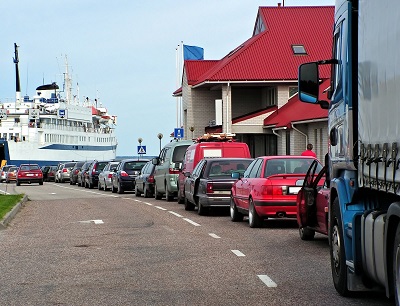Your cart is currently empty!

Website Traffic
We’re sending out analytics reports this week, and so far every client has had a nice website traffic increase for Quarter 1. That’s what we like to see, and what our clients like to see.
But there may be more to it than just happy angles on your traffic chart.
Is increased traffic always good?
Broadly speaking, yes. But it doesn’t always correlate with increased sales, leads, or new patients. If you’re seeing increases in traffic but your business metrics aren’t budging, take a closer look.
- Are your visitors actually your customers? People visiting my website after typing in “internet service provider” probably aren’t looking for the kind of internet services I provide — they’re probably looking for an internet hosting company. Increasing their numbers isn’t going to do me much good. If your well-targeted traffic increases and your random traffic decreases, you can see improved results without much increased traffic. And vice versa.
- Are your visitors in your service area? International traffic can seem cool, but your massage therapy service won’t benefit from it. If you only work with local customers, then you should ignore traffic from elsewhere and look for increases in your local area only.
- Are your visitors taking action? It can take some time for people to move from visiting to taking action, but if you see increasing traffic with no conversion over a long period, then you’re not getting the return on your investment that you need. This particular question can be hard to answer if you’re not an e-commerce site, but you’ll want to notice whether visitors move through your website the way you planned. Make sure that you’re taking into account those who visit online and then walk into your shop. And of course with Pay Per Click it’s all about conversions — if you’re paying for traffic and they’re not paying you, then increased traffic isn’t good.
Increased organic traffic is never a bad thing online. You don’t pay for extra staff or higher electric bills from having visitors, even if they’re not from your service area or not taking action. Larger numbers of visitors can increase your chances of gaining organic links or of drawing the attention of people who will become your customers. And sometimes there’s a gap between when visitors find you and when they begin shopping with you or calling you.
Is decreased traffic always bad?
We like to see that nice upward angle.

But those peaks and valleys aren’t just random. If you see a peak, you should try to identify the cause.
- Did you advertise? We’re surprised by how often clients see increases when they run ads, and then stop running ads and feel worried by the resulting dip in traffic. Unlike SEO and content marketing, ads only increase traffic while they’re running. Stop running the ads, and you will stop seeing extra traffic. Often that gives you a spike and then a dip. This applies to email marketing, event marketing, and many more actions you take that lead to temporary traffic bumps.
- Did something happen in the real world? If you have a measles outbreak in your community, you may see a lot more traffic to your blog post on measles while the news is in the headlines. It’s very good to have the post that provides context and background when a topic suddenly jumps into people’s awareness. But the result can be a spike and a dip.
- Can you replicate what gave you that lift in traffic? If you gave a presentation at a conference and saw a rise, you might want to give more presentations. But a retweet from a major influencer or inclusion in a Google Doodle might be a one-time thing. If you can replicate that lift, do it. If not, don’t treat the dip as a problem with your website.
The red line in the chart above shows the underlying increase in traffic. Note that we’ve added annotations when things happen so that we know what caused the spikes and the dips. We can see from the red line that our traffic has more than doubled since we’ve been working on it.
The rise and fall doesn’t have to worry us, unless we don’t understand why it’s happening.
by
Tags:
Comments
One response to “Website Traffic”
Great information. Getting visitors to your website is important, but it’s also important to understand how they are interacting with your website. That is why web analytics are very important for your business growth. It is not only useful for optimizing a website but also for optimizing an entire marketing strategy.

Leave a Reply